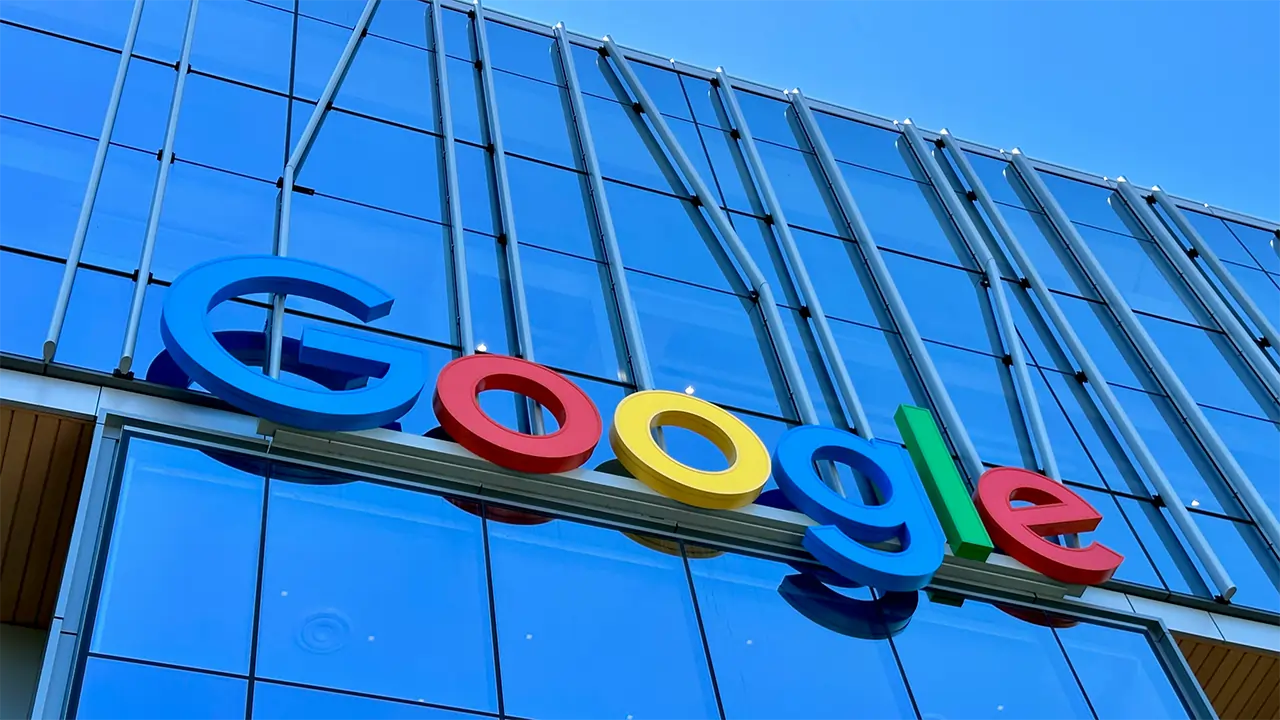In a recent update, Google has advised website owners to upgrade their favicons to a minimum resolution of 48×48 pixels, a significant increase from the previously suggested 16×16 pixels. This change aims to enhance visual quality and brand recognition across Google’s platforms and various screen sizes, including mobile displays. For marketers, especially those in visually competitive regions like the Middle East, this update provides an opportunity to strengthen brand presence in search engine results pages (SERPs) by ensuring icons are sharper and more recognizable.
Why Google’s Favicon Update Matters for Marketers
Favicons are the small icons that appear in browser tabs, bookmarks, and, most importantly, within SERPs beside the brand name. These icons, though small, are powerful visual cues that improve brand recognition and click-through rates. Google’s recommendation for higher-resolution favicons is part of its broader push for improved user experience across devices, emphasizing the importance of clarity and design consistency.
Until now, favicons as small as 16×16 pixels were standard; however, as screens evolve to support higher resolutions, smaller favicons can appear blurry or unprofessional. Google’s new 48×48 recommendation addresses this, aiming to provide a clearer and more polished appearance, particularly on high-resolution displays.
For brands operating in the Middle East, where user expectations for mobile and digital quality are growing, updating favicons can be a simple yet effective adjustment. Improved favicon clarity can support brand differentiation, a critical advantage in regions with highly competitive digital landscapes.
Technical Aspects of the Favicon Update
Updating favicons involves several steps to ensure they meet Google’s requirements. First, marketers need to create a 48×48 pixel icon that aligns with brand aesthetics and remains legible at smaller sizes. Next, they should include the favicon code in the website’s header, ensuring Google can detect the new image during its next crawl. Google’s Search Console can help track the favicon’s visibility status in search results, making it easier to confirm compliance.
In addition, Google has clarified favicon implementation best practices, including optimal color contrasts and design elements that improve icon recognition. While minor in scope, these changes reflect Google’s continued emphasis on visual optimization and consistency, suggesting that businesses should routinely revisit their visual assets to stay current with Google’s updates.
Potential Impact on SEO and User Engagement
In search results, every visual element contributes to a site’s attractiveness and clickability. High-resolution favicons create a polished appearance that can improve user trust and engagement, possibly impacting click-through rates. With mobile search usage increasing steadily across the Middle East, this update is particularly relevant, as clear icons on mobile SERPs can encourage more users to click through to a site.
While Google has not indicated a direct SEO ranking benefit from upgrading favicons, the potential increase in click-through rates and improved user perception can contribute positively to SEO efforts indirectly. For instance, users who repeatedly see high-quality favicons for a brand may be more likely to engage, reinforcing brand recall and potentially driving return traffic.
For more tips and a deeper understanding, don’t miss our Google Analytics Introduces Segment Sharing Feature to Boost Team Collaboration for Creative Inspiration for additional insights.
Key Takeaway for Marketing Managers
For marketing managers, Google’s favicon update serves as a reminder that even small design elements can influence user perception and engagement. Brands across the Middle East should prioritize updating their favicons to meet the new 48×48 resolution guideline, aligning with Google’s standards to maximize SERP impact.
To implement these changes, marketing teams can collaborate with design and web development to ensure the favicon’s quality aligns with branding. Regularly monitoring favicon visibility in Google Search Console and adapting visual elements to stay in line with evolving standards can help maintain a strong, recognizable presence in search results.



